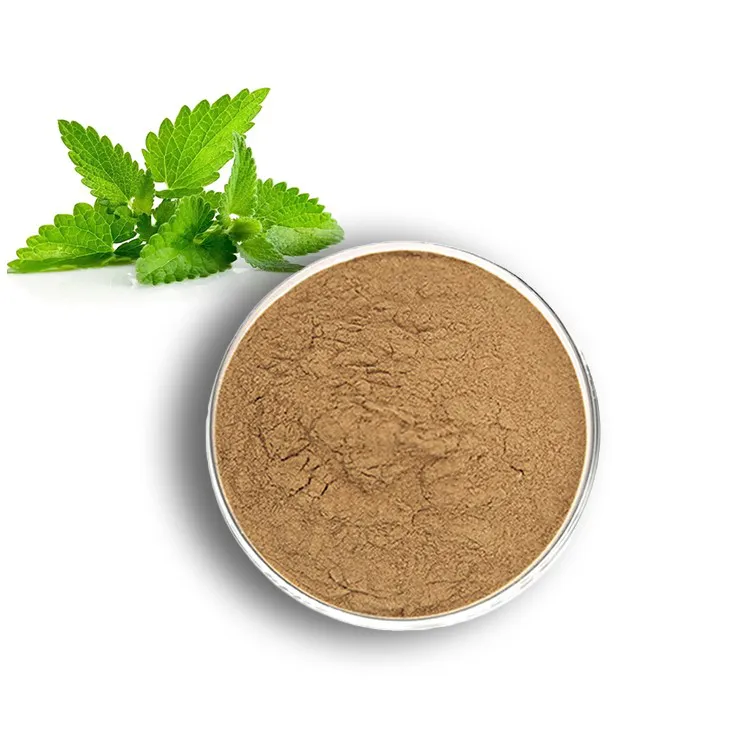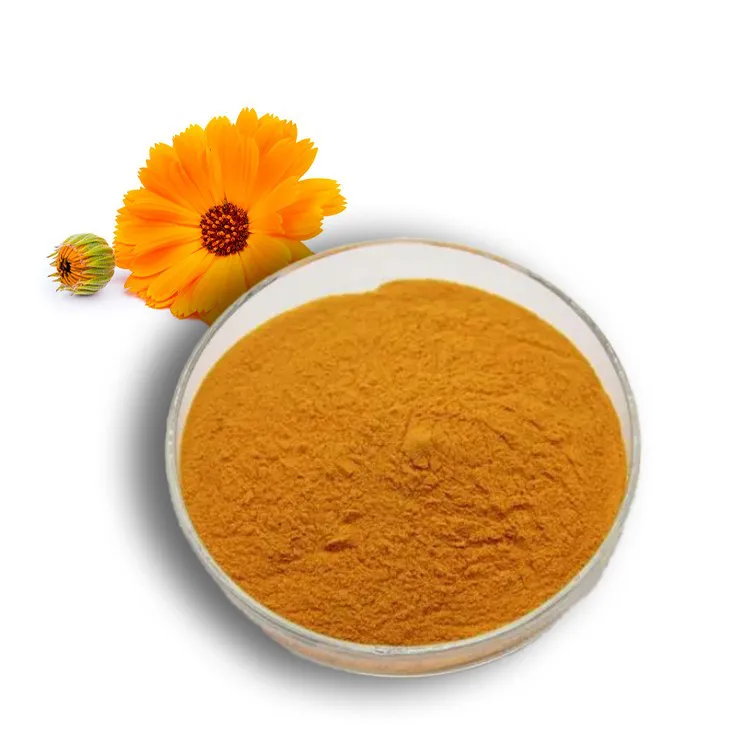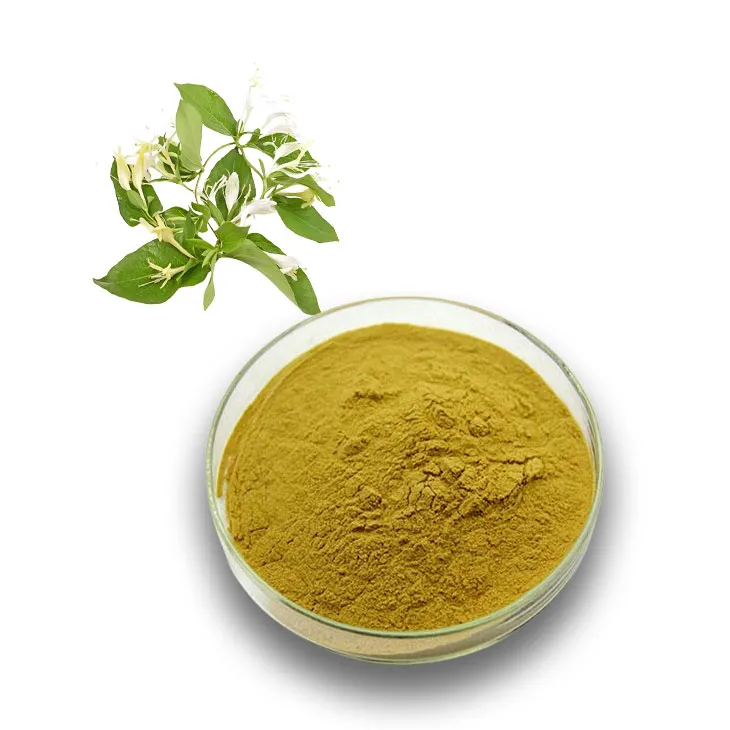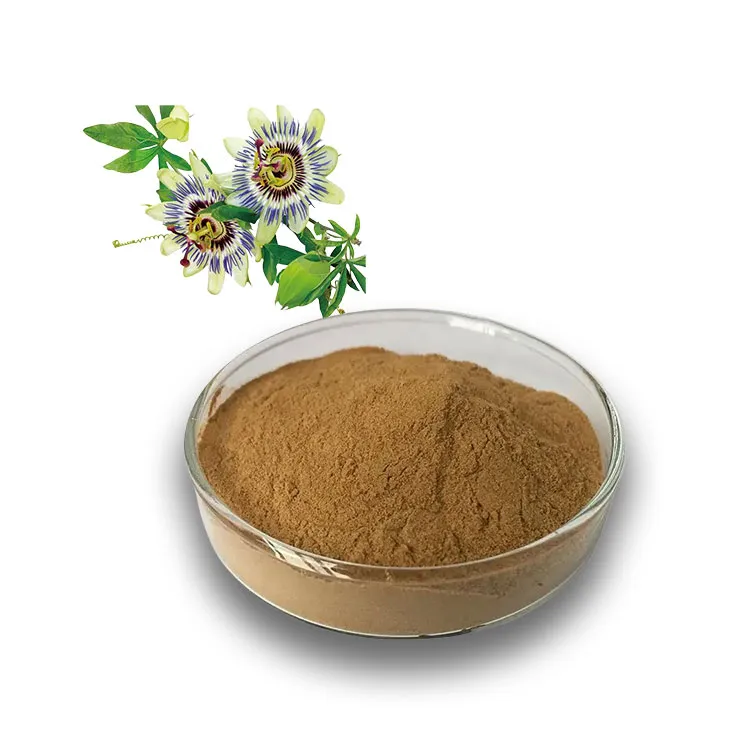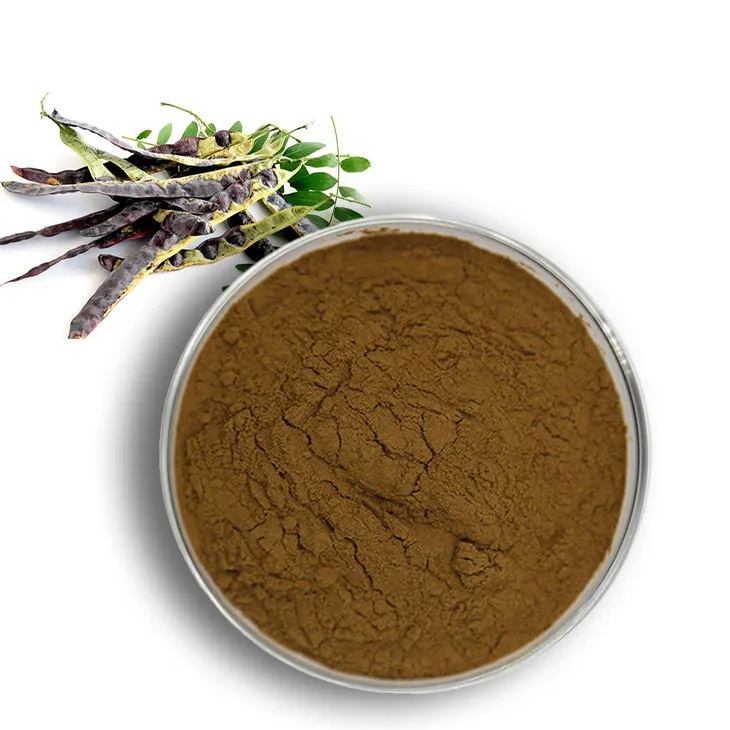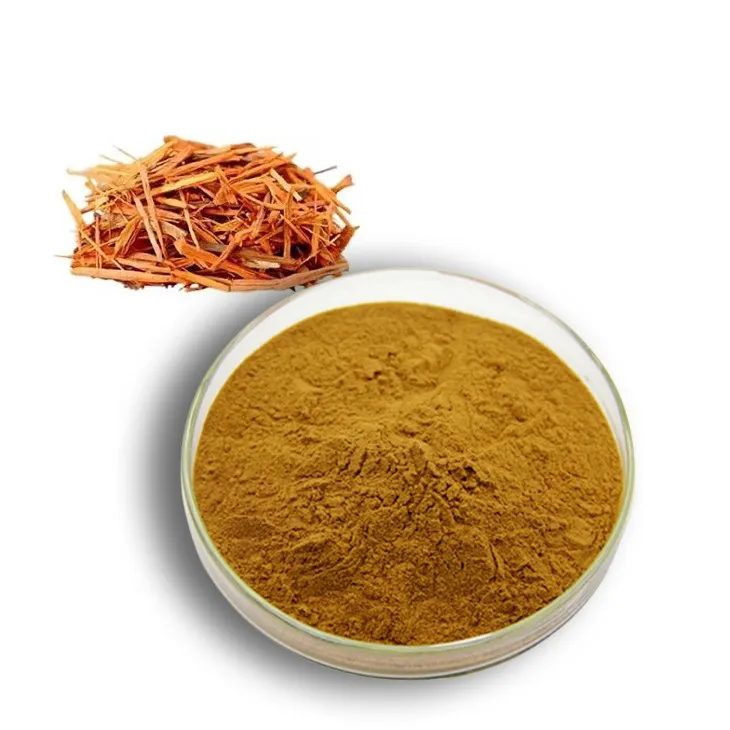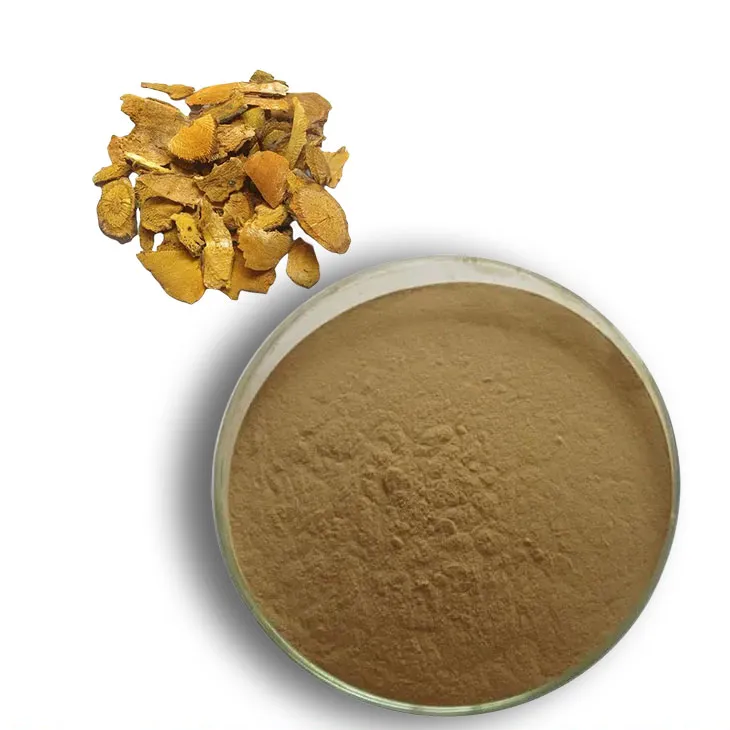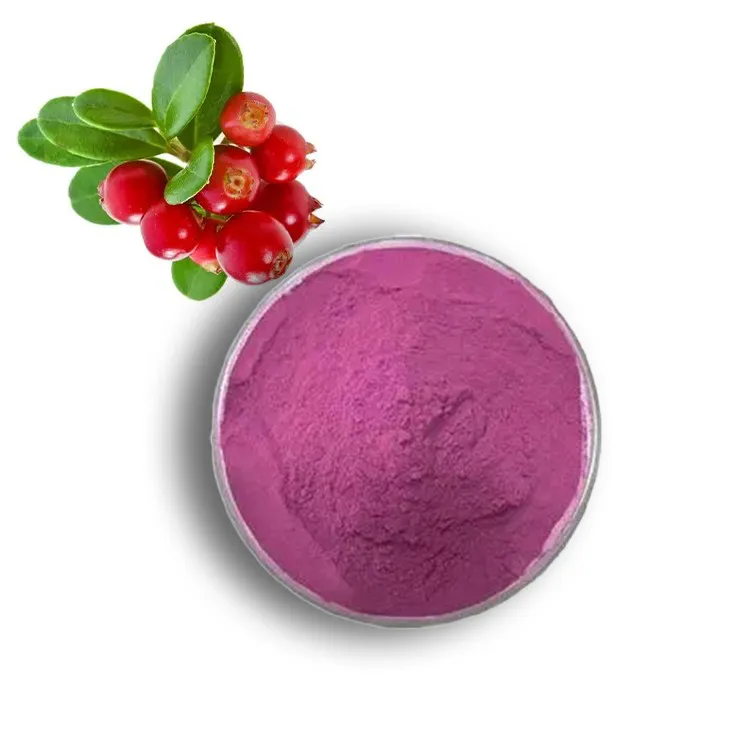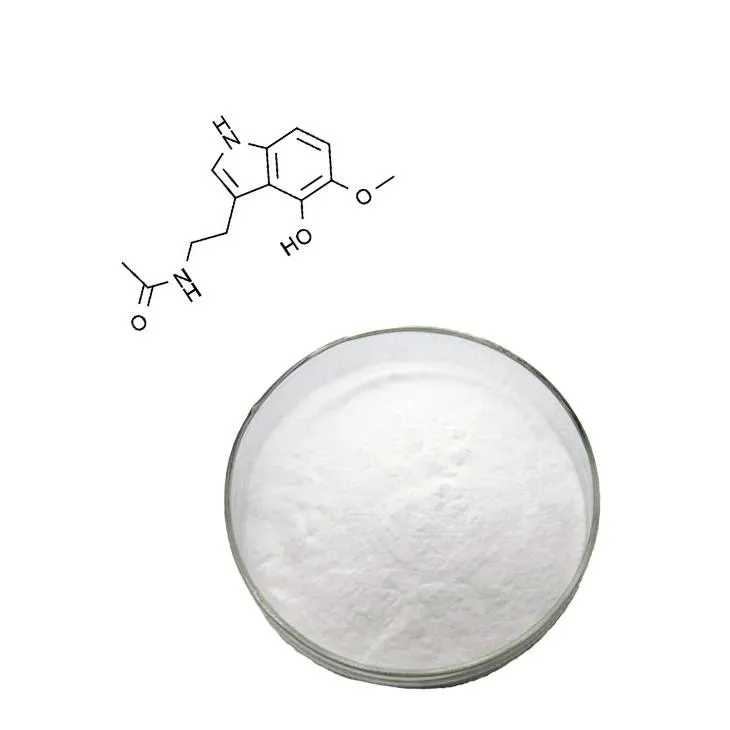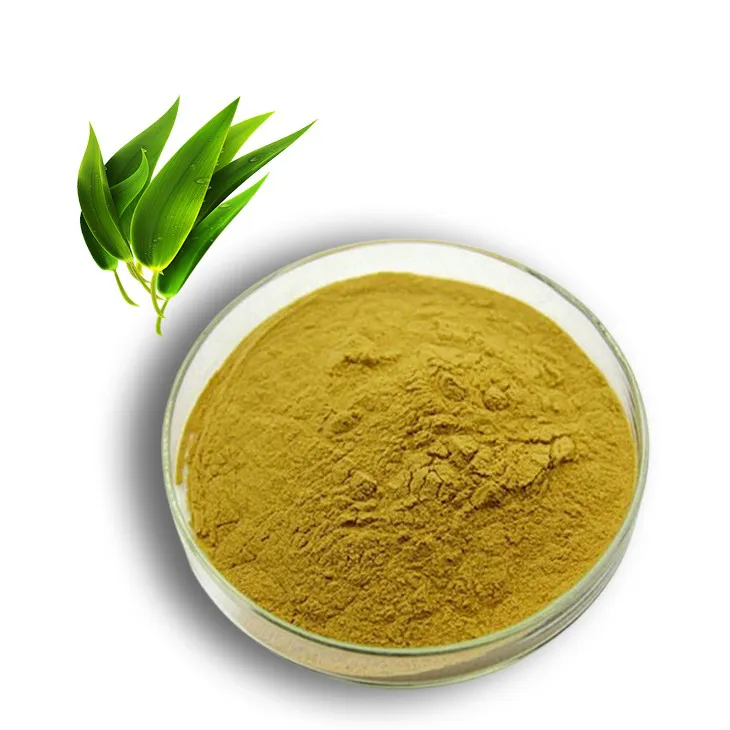- 0086-571-85302990
- sales@greenskybio.com
Four Main Methods for Extracting Sinapis Alba L. Extract from Plants.
2024-12-10
1. Introduction
White mustard (Sinapis alba L.) has been used for various purposes throughout history. The extraction of its active components from the seeds to obtain White mustard seed extract is of great significance in multiple fields, including the food, pharmaceutical, and cosmetic industries. This article will explore four main extraction methods, analyze their operation principles, quality control aspects, and economic feasibility.
2. Maceration Extraction
2.1 Operation Principle
Maceration is one of the simplest and most traditional extraction methods. In this process, the white mustard seeds are first crushed or ground into a suitable size. Then, they are soaked in a solvent, such as ethanol or water, for a certain period of time. The solvent penetrates the cellular structure of the seeds, allowing the active components to dissolve into the solvent. During the soaking period, gentle agitation may be applied occasionally to enhance the mass transfer process. After the soaking is complete, the liquid containing the dissolved components is separated from the solid residue, usually by filtration or centrifugation.
2.2 Quality Control
The quality of the extract obtained by maceration extraction depends on several factors. Firstly, the choice of solvent is crucial. Different solvents have different solubilities for the various components in white mustard seeds. For example, ethanol may be more effective in extracting certain lipophilic compounds, while water is better for hydrophilic substances. Secondly, the soaking time and temperature also play important roles. Longer soaking times generally lead to higher extraction yields, but it may also increase the risk of degradation of some heat - sensitive components. Therefore, appropriate temperature control is necessary to ensure the quality of the extract. Additionally, the purity of the starting materials, i.e., the white mustard seeds, should be ensured to avoid contamination from other substances.
2.3 Economic Feasibility
Maceration extraction has relatively low equipment requirements. Simple containers and basic agitation devices are usually sufficient. The solvents used, such as ethanol and water, are relatively inexpensive and readily available. However, this method has some drawbacks in terms of economic feasibility. The extraction process is relatively time - consuming, which may lead to higher labor costs if large - scale production is carried out. Moreover, the extraction yield may not be as high as some other advanced extraction methods, which means more raw materials may be required to obtain a certain amount of extract, thus increasing the raw material cost.
3. Soxhlet Extraction
3.1 Operation Principle
The Soxhlet extraction method is a continuous extraction technique. The white mustard seeds are placed in a Soxhlet thimble. The thimble is then placed in a Soxhlet extractor. The extraction solvent, which is usually refluxed in a distillation flask connected to the extractor, continuously cycles through the system. The solvent vaporizes in the distillation flask, rises into the condenser, condenses back into a liquid, and then drips onto the white mustard seeds in the thimble. As the solvent passes through the seeds, it extracts the active components. The extract - rich solvent then drains back into the distillation flask, and the cycle continues until a sufficient amount of the active components has been extracted. This process allows for more complete extraction compared to maceration as the solvent is constantly refreshed.
3.2 Quality Control
For Soxhlet extraction, the quality of the extraction solvent is of utmost importance. Impurities in the solvent can contaminate the extract and affect its quality. The extraction time and temperature need to be carefully controlled. Similar to maceration, excessive temperature or too long extraction time may cause degradation of some components. Additionally, the packing density of the white mustard seeds in the Soxhlet thimble should be appropriate. If the seeds are packed too tightly, the solvent may not be able to flow through evenly, resulting in incomplete extraction. On the other hand, if they are too loose, the extraction efficiency may also be affected.
3.3 Economic Feasibility
The Soxhlet extraction equipment is relatively more complex and costly compared to maceration extraction. However, it offers higher extraction efficiency, which means less raw material may be required to obtain the same amount of extract. This can offset the higher equipment cost to some extent in large - scale production. The solvents used in Soxhlet extraction are also common and relatively inexpensive. Although the energy consumption for refluxing the solvent is relatively high, overall, the economic feasibility of Soxhlet extraction can be favorable when considering the extraction yield and product quality.
4. Supercritical Fluid Extraction
4.1 Operation Principle
Supercritical fluid extraction (SFE) is a more advanced extraction method. In this process, a supercritical fluid, most commonly carbon dioxide (CO₂), is used as the extraction solvent. CO₂ becomes supercritical when it is subjected to specific temperature and pressure conditions (above its critical temperature of 31.1 °C and critical pressure of 73.8 bar). In the supercritical state, CO₂ has properties intermediate between a gas and a liquid, such as high diffusivity and low viscosity, which enables it to penetrate the matrix of white mustard seeds more easily and extract the active components more efficiently. The extraction process is carried out in a closed system, where the supercritical CO₂ is pumped into the extraction vessel containing the white mustard seeds. After extraction, the pressure is reduced, and the CO₂ returns to its gaseous state, leaving behind the extracted components.
4.2 Quality Control
Controlling the temperature and pressure accurately is the key to ensuring the quality of the extract in SFE. Small variations in these parameters can significantly affect the solubility of different components in the supercritical fluid and thus the composition of the extract. The purity of the CO₂ used is also important. Impurities in the CO₂ can introduce contaminants into the extract. Additionally, since SFE is a relatively clean extraction method with no or minimal solvent residues, it is crucial to ensure that the extraction system is properly maintained to prevent any leakage or contamination from external sources.
4.3 Economic Feasibility
The equipment for supercritical fluid extraction is relatively expensive, which is a major drawback in terms of economic feasibility. However, the advantages of SFE also make it economically attractive in some cases. Firstly, the extraction yield can be relatively high, which means less raw material is needed. Secondly, since CO₂ is a non - toxic, non - flammable, and inexpensive gas, the cost of the extraction solvent is relatively low. Moreover, the absence of solvent residues in the extract can save the cost of post - extraction purification processes. In large - scale production, the economic benefits of SFE can be more prominent as the cost of equipment can be amortized over a large quantity of products.
5. Ultrasonic - Assisted Extraction
5.1 Operation Principle
Ultrasonic - assisted extraction utilizes ultrasonic waves to enhance the extraction process. When ultrasonic waves are applied to the white mustard seeds and the extraction solvent mixture, the high - frequency vibrations cause cavitation bubbles to form, grow, and collapse in the solvent. These cavitation events create local high - pressure and high - temperature regions, which can disrupt the cell walls of the white mustard seeds. This disruption makes it easier for the solvent to access the interior of the cells and dissolve the active components. The ultrasonic waves also enhance the mass transfer process between the solid and liquid phases, resulting in a more efficient extraction compared to traditional extraction methods without ultrasonic assistance.
5.2 Quality Control
In ultrasonic - assisted extraction, the intensity and frequency of the ultrasonic waves need to be carefully controlled. Different components in white mustard seeds may respond differently to ultrasonic waves, and excessive intensity or inappropriate frequency may cause degradation of some components. The choice of solvent is also important, as in other extraction methods. The extraction time should be optimized to ensure high extraction yield while maintaining the quality of the extract. Additionally, the ultrasonic equipment should be calibrated regularly to ensure its performance stability.
5.2 Economic Feasibility
The addition of ultrasonic equipment to the extraction process increases the initial investment cost. However, the improvement in extraction efficiency can reduce the extraction time and the amount of raw materials required. This can lead to cost savings in the long run. The ultrasonic equipment has relatively low energy consumption, and the solvents used are also common and inexpensive. Overall, the economic feasibility of ultrasonic - assisted extraction depends on factors such as the scale of production, the cost of ultrasonic equipment, and the market price of the White mustard seed extract.
6. Comparison and Conclusion
Each of the four extraction methods has its own advantages and disadvantages in terms of operation principle, quality control, and economic feasibility. Maceration extraction is simple but time - consuming and may have lower extraction yields. Soxhlet extraction offers higher efficiency but requires more complex equipment. Supercritical fluid extraction provides high - quality extracts with no solvent residues but has high equipment costs. Ultrasonic - assisted extraction enhances extraction efficiency with relatively low energy consumption but requires additional investment in ultrasonic equipment.
When choosing an extraction method for White mustard seed extract, factors such as the scale of production, the required quality of the extract, and the economic resources available need to be considered. In small - scale production or for research purposes, maceration or ultrasonic - assisted extraction may be more suitable due to their relatively simple equipment requirements. For large - scale industrial production, Soxhlet extraction or supercritical fluid extraction may be more favorable considering their higher extraction efficiencies and product qualities, despite their higher initial costs.
FAQ:
What are the four main extraction methods for Sinapis Alba L. extract?
The four main extraction methods are not specified in this general description. However, common extraction methods for plant extracts could include solvent extraction (using solvents like ethanol or hexane), steam distillation (for volatile components), supercritical fluid extraction (using supercritical carbon dioxide, for example), and maceration (soaking the plant material in a solvent over time).
Why is it important to study different extraction methods for Sinapis Alba L. extract?
Different extraction methods can affect the quality, quantity, and composition of the extract. By studying various methods, we can optimize the extraction to obtain the maximum amount of desired compounds, ensure consistent quality for applications such as in medicine, food, or cosmetics, and also consider economic feasibility and environmental impact.
How does the quality control of Sinapis Alba L. extract relate to the extraction method?
The extraction method can influence the purity, potency, and consistency of the extract. For quality control, different extraction methods may require different monitoring parameters. For example, solvent - based extraction may need to check for solvent residues, while steam distillation might require monitoring of temperature and pressure to ensure the correct extraction of volatile compounds. The extraction method also affects the composition of the extract, so quality control measures need to be adjusted accordingly to ensure the final product meets the required standards.
What are the economic implications of the four extraction methods for Sinapis Alba L. extract?
Each extraction method has different costs associated with it. Solvent extraction may have costs related to the purchase and disposal of solvents. Steam distillation requires energy for heating, which is a cost factor. Supercritical fluid extraction has equipment - related costs. Maceration may be a relatively low - cost method but could be time - consuming. The economic feasibility of each method depends on factors such as the scale of production, the value of the extract, and the availability and cost of resources in a particular region.
Can these extraction methods be combined for Sinapis Alba L. extract?
Yes, in some cases, extraction methods can be combined. For example, a pre - treatment with maceration followed by a more refined extraction using supercritical fluid extraction could potentially improve the overall extraction efficiency and quality. Combining methods can take advantage of the strengths of each method and overcome some of their limitations.
Related literature
- Studies on the Chemical Composition and Bioactivity of Sinapis Alba L. Extracts"
- "Optimization of Extraction Conditions for Sinapis Alba L. - Based Products"
- "Comparative Analysis of Different Extraction Techniques for Plant - Derived Compounds: A Case of Sinapis Alba L."
- ▶ Hesperidin
- ▶ citrus bioflavonoids
- ▶ plant extract
- ▶ lycopene
- ▶ Diosmin
- ▶ Grape seed extract
- ▶ Sea buckthorn Juice Powder
- ▶ Beetroot powder
- ▶ Hops Extract
- ▶ Artichoke Extract
- ▶ Reishi mushroom extract
- ▶ Astaxanthin
- ▶ Green Tea Extract
- ▶ Curcumin Extract
- ▶ Horse Chestnut Extract
- ▶ Other Problems
- ▶ Boswellia Serrata Extract
- ▶ Resveratrol Extract
- ▶ Marigold Extract
- ▶ Grape Leaf Extract
- ▶ blog3
- ▶ Aminolevulinic acid
- ▶ Cranberry Extract
- ▶ Red Yeast Rice
- ▶ Red Wine Extract
-
Lemon Balm Extract
2024-12-10
-
Calendula Extract
2024-12-10
-
Honeysuckle Pollen
2024-12-10
-
Passionflower Extract
2024-12-10
-
Saponin Extract
2024-12-10
-
Yellow Pine Extract
2024-12-10
-
Polygonum Cuspidatum Extract
2024-12-10
-
Europen Bilberry Extract
2024-12-10
-
melatonin extract
2024-12-10
-
Bamboo Leaf extract
2024-12-10











